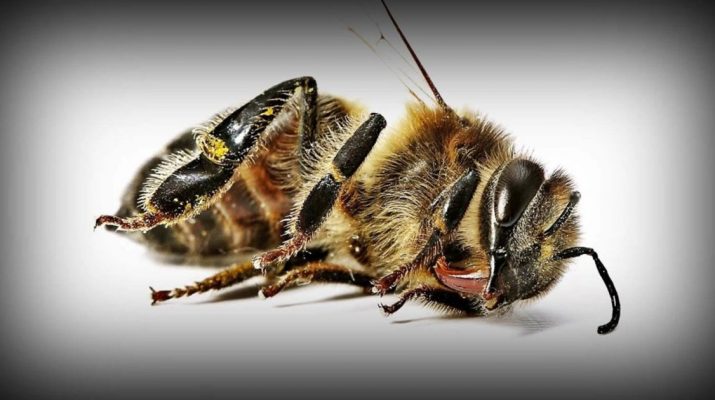The bumblebee has been officially added to the list of endangered species along with the gray wolf, grizzly bear, the northern spotted owl, and about 700 other extinct animal species.
According to National Geographic:
“The rusty-patched bumblebee (Bombus affinis), once a common sight, is “now balancing precariously on the brink of extinction,” according to the U.S. Fish and Wildlife Service. Once thriving in 28 states and the District of Columbia, but over the past two decades, the bee’s population has plummeted nearly 90 percent. There are more than 3,000 bee species in the United States, and about 40 belong to the genus Bombus—the bumblebees.
Advocates for the rusty-patched bumblebee’s listing are abuzz with relief, but it may be the first skirmish in a grueling conflict over the fate of the Endangered Species Act under the Trump administration.”
According to James Stranger, a research entomologist, and Bumblebee ecologist:
“There are a few little spots where we know they are. But only a really few spots.”
The scientific name of the bee, Bombus affinis, was given due to the red patch in its abdomen. Even though the original listing date as an endangered species was set for February 2018, it was not until now that it was listed.
According to Xerces Society director of endangered species Sarah Jepsen:
“We are thrilled to see one of North America’s most endangered species receive the protection it needs. Now that the Fish and Wildlife Service has listed the rusty-patched bumble bee as endangered, it stands a chance of surviving the many threats it faces — from the use of neonicotinoid pesticides to diseases.”
According to the U.S. Fish and Wildlife Service:
“Bumblebees are among the most important pollinators of crops such as blueberries, cranberries, and clover, and almost the only insect pollinators of tomatoes. The economic value of pollination services provided by native insects (mostly bees) is estimated at $3 billion per year in the United States.”
One of the main factors in the declining trend of its population was the human encroachment which led to the subsequent loss of their natural habitat. Therefore, this classification will protect the grasslands needed by these bees and other pollinators.
Rich Hatfield, a Xerces Society, a senior conservation biologist, says:
“While this listing clearly supports the rusty patched bumble bee, the entire suite of pollinators that share its habitat, and which are so critical to natural ecosystems and agriculture, will also benefit.
This is a positive step towards the conservation of this species, and we now have to roll up our sleeves to begin the actual on-the-ground conservation that will help it move toward recovery.”
Yet, it is a fact that this move brings about new challenges. The petition from American Petroleum Institute, National Association of Home Builders, National Cotton Council of America, the National Rural Electric Cooperative Association, and two entities to the Secretary of the Interior and Acting Director of the U.S. Fish and Wildlife Service, aims at getting a year’s delay in the listing, since “the implications of this hasty listing decision are difficult to overstate. “
More than one-third of the plants grown in the United States depend on pollinators, and the population of this bee is drastically reduced due to the destruction of natural resources through monoculture and generous use of pesticides and herbicides on GMO crops. Hence, the opposition to the listing of this bee is counterproductive, since it is indeed an endangered pollinator.
Many people actually believe that such conservation efforts should have started sooner, and signed an agreement urging the listing of the rusty-patched bumble bee.

